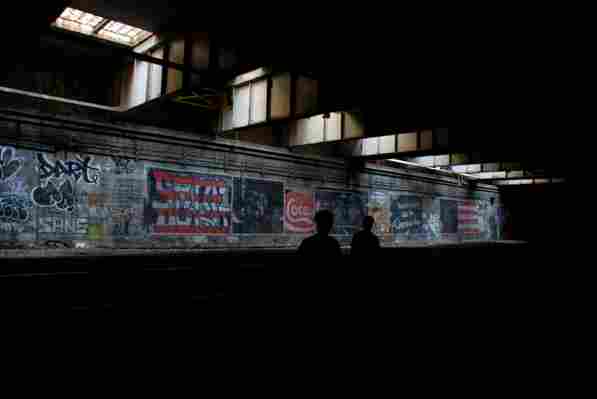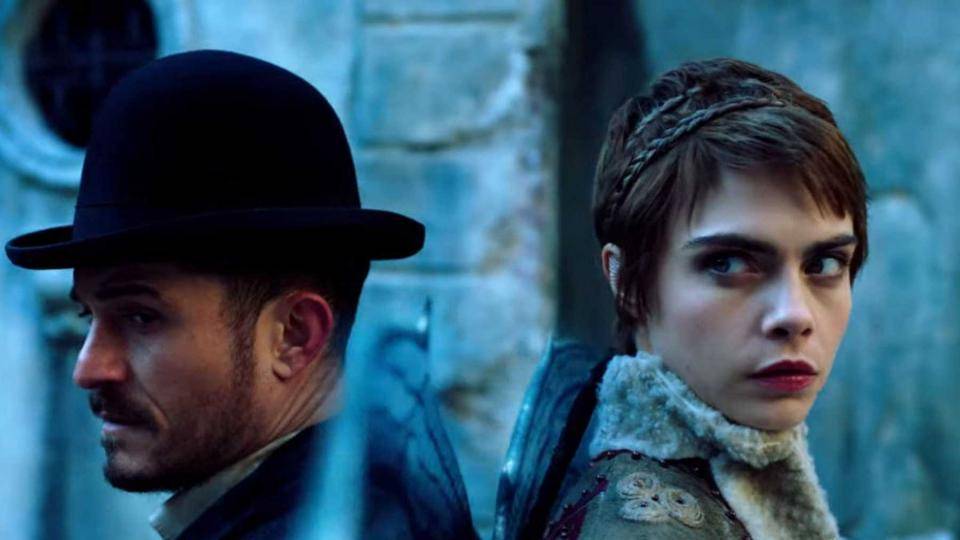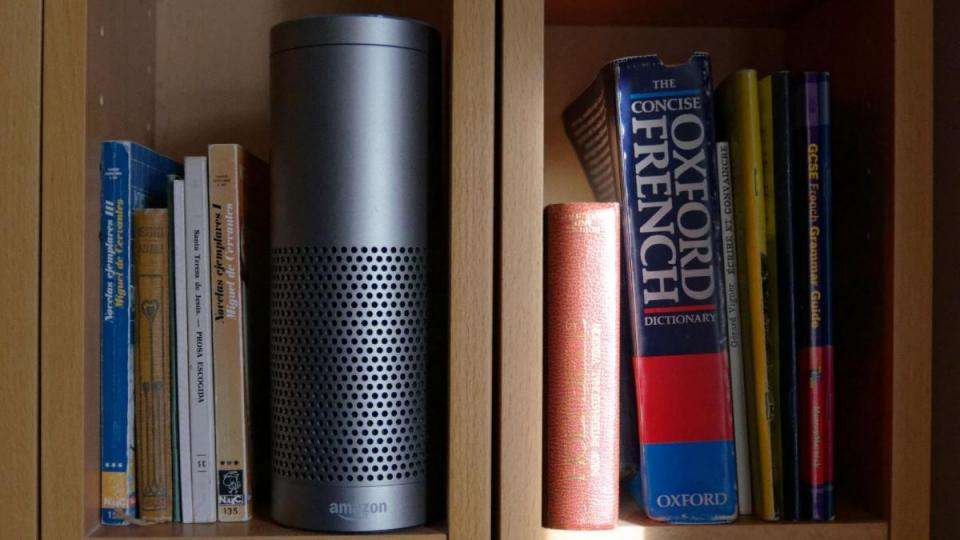March 03,2023
Explore the Sacred and Transformative Power of Subterranean Spaces
by David Stewart
If your goal is to announce to the world that you have arrived, you build the tallest skyscraper or grandest house on the street. But if your aim is to designate a space as sacred and special, a more subtle approach is required. To that end, burrowing into the earth is a tactic as old as human history. In the modern era, various architects have built remarkable underground dwellings —Villa Vals in the Swiss Alps, Germany's Stadel Museum, and the Svalbard Global Seed Vault in Norway all come to mind—that indicate that something important and thrilling is held within. But, since ancient times, some of our most sacred rituals and ceremonies have taken place in caves, canyons, and other obscured spaces carved out of the earth.

The art-covered Freedom Tunnel under NYC's Upper West Side.
These are the places that Will Hunt explores in his book, Underground, which takes the reader on daring physical and sometimes even spiritual journeys deep into these unusual locations. “We've been interacting with underground spaces in visceral ways for thousands and thousands of years,” says the author. “It's a thread that runs through all of human history.”
For Hunt, investigating below ground started as a hobby when, as a teen, he found a way into an abandoned subway tunnel in his hometown of Providence, Rhode Island. Later, when he began exploring the subway tunnels of New York, it grew into a full-blown obsession. Here, he discovers secret people, places, and treasures, including the work of legendary graffiti artist Revs, whose autobiographical tags read like pages in a diary. While some can be seen from quays or subway cars, others are obscured, to be found only by those who would seek them.

Part of an underground "hamlet" in Cappadocia, Turkey.
Hunt draws parallels between Revs's secretive work and Magdalenian cave artists whose 14,000-year-old sculptures were found in the innermost chamber of a cave in France, where they were likely used for ritual purposes. “We innately understand the power of hiddenness, of hiding something in the dark,” he says. “We know that the sacred special things are always tucked away behind closed doors and in hidden chambers.” To get to these hallowed works, we always incur risk but also transformation.

The Catacombs in Paris.
Hunt credits a tribe of fellow “urban explorers” for opening his eyes to an entirely new way of looking at the city. Negative spaces, hidden topographies, and infrastructure all began to fascinate him. Steam ducts, sewer pipes, storm drains, and geological strata beneath his feet all became cause for wonder. “The world just feels larger and more exciting when you start thinking that way,” he says.
With his view of New York redefined, Hunt began to travel the world in search of more secretive, often dangerous, and always very dark places. Underneath Paris, he treks through the city's famous Catacombs and into its sewers. In the Cappadocia region of Turkey, he explores mysterious subterranean hamlets—some of which he describes as “upside-down castles,” as many as eight levels underground.
A sewer beneath Vienna, Austria.
Hunt's thorough investigation of these intriguing places yields surprising connections across space and time that will resonate with a modern audience. “It's a timeless urge to immerse yourself in a kind of sensory environment [or] landscape that has nothing to do with your ordinary everyday reality,” says Hunt. Whether it's an ancient subterranean cave or a tiny urban garden, when we emerge from such spaces, we feel “like some other part of [us] has been awakened,” he says. It's a concept that architects and interior designers will easily relate to.






